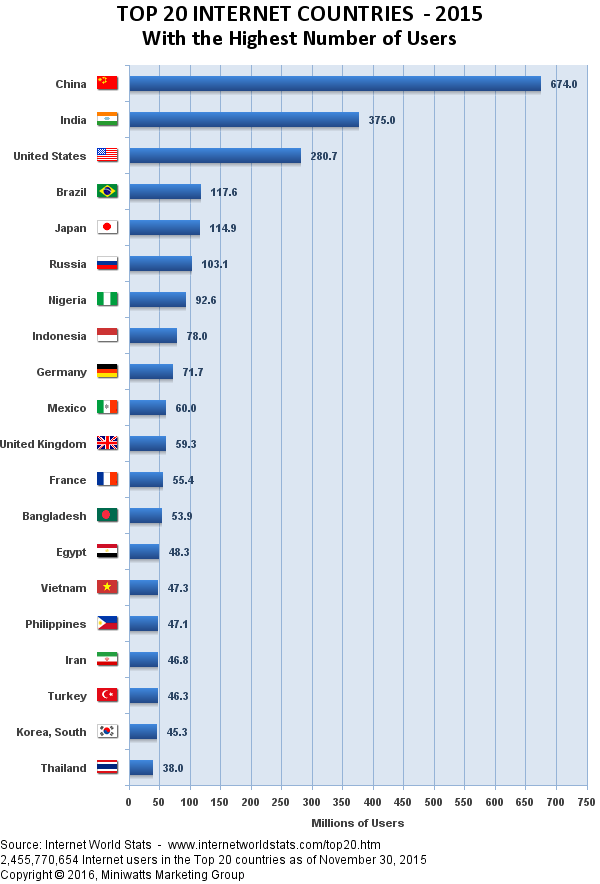For global businesses, translation services are a necessary expense. While there are free options through machine translation applications like Google Translate and Bing Translator, more often than not, you get what you pay for when you receive poorly translated and even incomprehensible text as a result.
While professional translation services such as Morningside may cost more than Google Translate (or that bi-lingual speaker who works in HR), the investment is well worth it in the long run. In a survey conducted by Common Sense Advisory and later published by Harvard Business Review, 2,430 web consumers in eight countries were studied to determine how language affected their purchasing behaviors. The results found that over 72% of consumers were more likely to buy a product with information in their own language, while over 56% stated that the ability to obtain information in their own language was even more important than price.
In other words, for any business NOT seriously investing in professional translation services, don’t expect your foreign language consumer base to hang around for too long.
But while translation services can get pricey, depending on the amount of content and number of languages, there is no need for translation services to break the bank. Any smart business will do their homework first to determine which languages are necessary to translate, and which may be left on the backburner for the time being.
One approach is to limit the target languages based on the countries with the highest number of internet users. With thousands of different languages spoken around the world, translating all of them is not a realistic task, regardless of the size of your company. By first narrowing the field down to only the most popular language users on the internet, you have a more realistic pool to choose from when picking your target languages.

Once you’ve narrowed down your language list, you can do some internal research to find out the countries in which most of your visitors or customers reside. If research has shown that only a handful of consumers from Brazil, for instance, have ever searched for or used your product, perhaps it would not be worth the investment to translate all of your content into Brazilian Portuguese. Instead, it might be wiser to focus on the top and mid-level language consumers, and increase sales in an audience that has already proven their interest.
While targeting markets with a low number of consumers may eventually become part of your company’s marketing plan, you can steadily build a long-term and loyal customer base within the initial limited countries without blowing your budget. That way, by the time the secondary marketing plan rolls out, your company will be solidly positioned in multiple language markets to better address the “riskier” expansion.
Resources:


